
The orange color in water indicates a high concentration of iron, manganese, or even organic substances, known as tannin. It might seem harmless but can lead to other problems, damage to plumbing, and a weird metallic taste.
Here’s how you can fix it:
Continue reading for a detailed explanation of the issue and reason behind orange well water and practical solutions to fix the colored water problem.
🟠Why Is My Well Water Suddenly Orange?
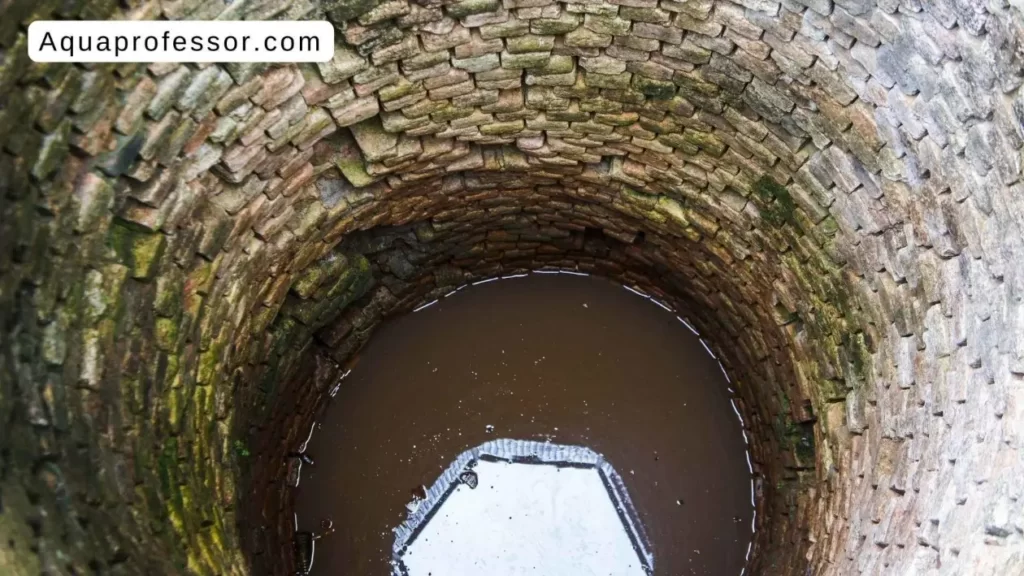
Here are the four main reasons why your well water is orange:
Conclusion
Hence, there can be a range of contaminants to increase contamination in the well and water supply. Therefore, these water systems with high concentrations of water contaminants need to be correctly checked as quickly as possible.
😷Is Orange Well Water Safe?
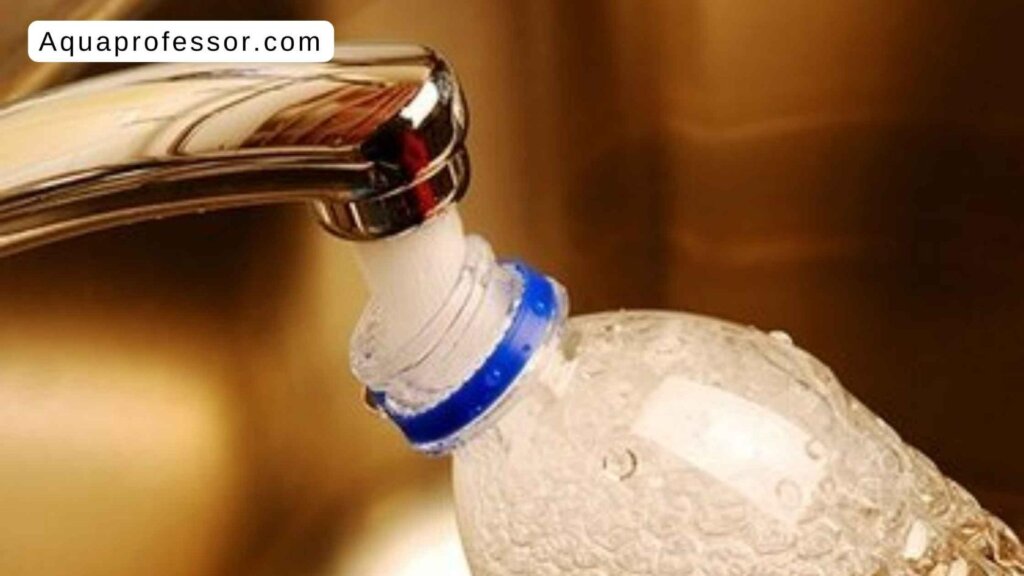
Here are the dangers of using orange well water on health and other plumbing fixtures:
Also Read: 9 Signs That Tell Your Water Softener Isn't Working
🪣How To Fix Orange Well Water?
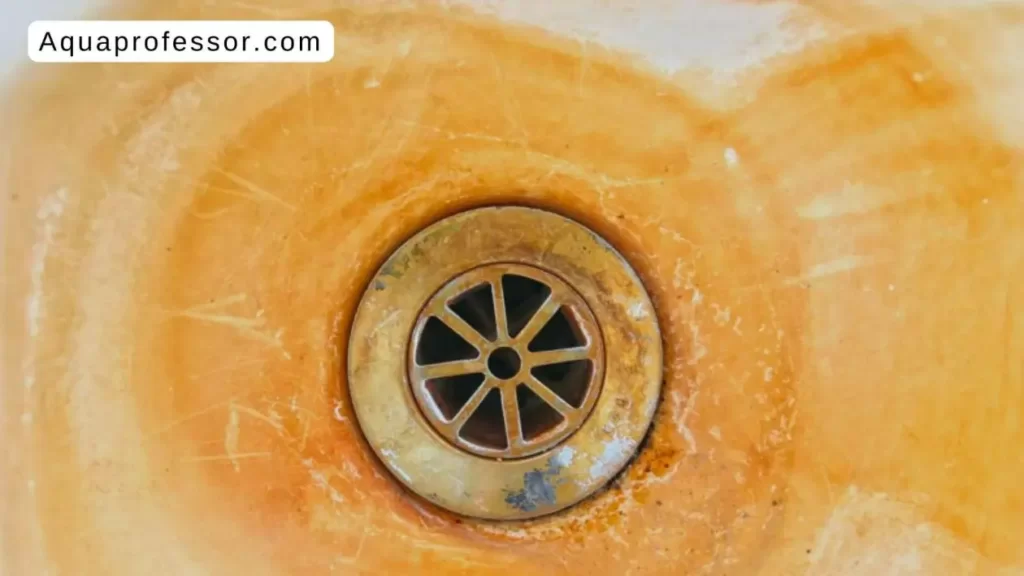
Before going for any water filter or water treatment equipment, test your water to know why the color changes are crucial.
One commonly used test is the iron speciation water test. This test determines the various oxidative forms of iron present in the murky water.
For example, ferrous iron is soluble in water, but ferric iron is not, which makes the water orange. Hence, this test helps you choose the most effective filtration method to remove iron from your water.
The water treatment system is installed according to the water’s pH and types of iron contamination in your water supply, whether from cast iron, ferrous iron, ferric iron, or tannins.
Hence, you should seek professional consultation before applying for the treatment system to reduce health risks caused by iron-contaminated well water.
1️⃣Ferrous “Clear Water” Iron
Clearing the excess ferrous iron content from your water system can be done by following the methods listed below:
2️⃣Ferric “Red/orange water” Iron
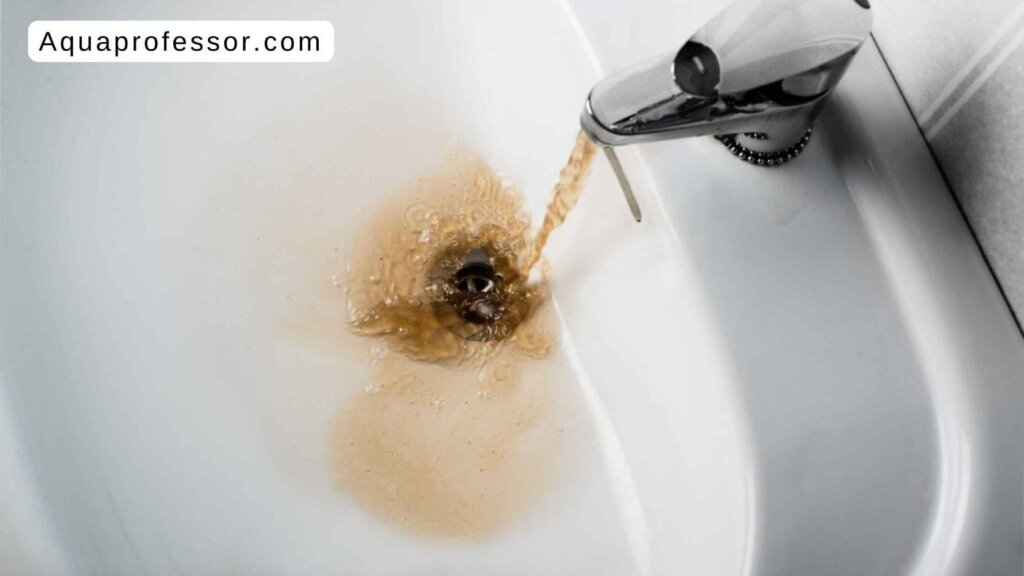
Ferric iron, also known as red iron, is an insoluble iron present in the water system that can be removed by the following methods:
Also Read: Why Well Water Smells Like Metal
3️⃣Tannins
Tannins can be easily removed from rusty water by Chemical oxidation followed by filtration. First, the tannins in the water are oxidized with chemicals like chlorine. Then the oxidized products are eliminated through water filters afterward.
4️⃣Iron Bacteria
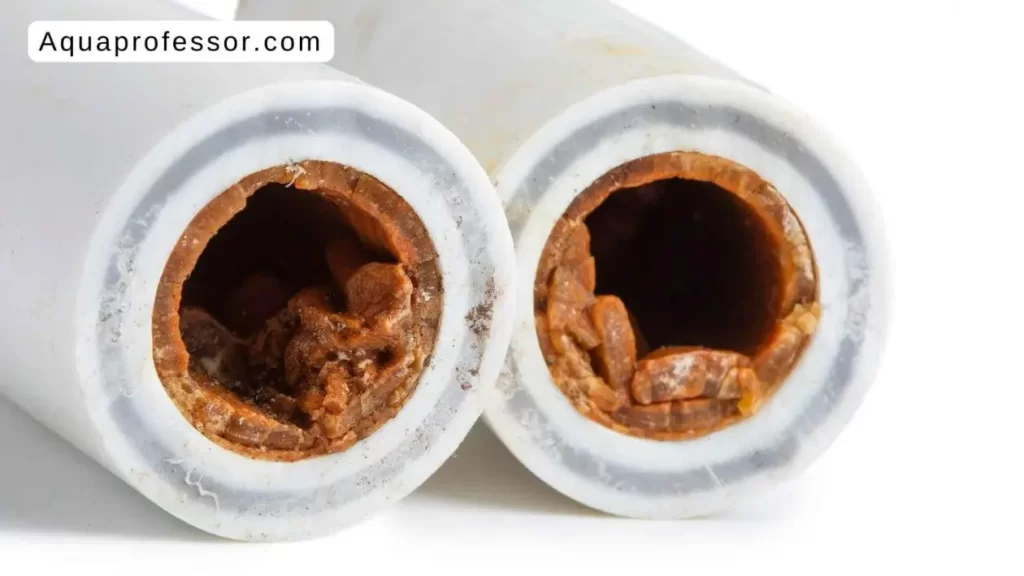
Iron bacteria produce slime, which clogs pipes and reduces flow. Hence, eliminating and removing iron bacteria is necessary. It can be done by following these treatment methods:
💡Why Is My Well Water Orange: FAQs
What does orange well water mean?
Various contaminants like iron, iron bacteria, tannins, and manganese, when present, cause water discoloration, which turns orange.
Why do I find orange well water after the rain?
When rainwater passes through the soil containing decaying plant material, the water turns orange. It can be due to surface infiltration, but a failing septic system cannot be overlooked and should be investigated thoroughly.
Why are my hot water orange and cold water clear?
When your cold water is clear and hot water is not, there is a high chance that the problem is with your water heater. It could be due to the disturbance in the sediment layer formed at the bottom of the well system and the water heater itself.
How do you get rid of orange water stains on a well?
If they are brown stains or orange stains, they are probably from iron contamination. The iron staining can be easily removed by commercial rust remover. You can also use lemon juice, baking soda, or white vinegar to remove iron stains or rust stains before they set in.
Is it safe to shower in orange water?
Bathing in orange water is not advisable as high iron contamination damages your healthy hair and could stain your skin reddish brown.
Adarsh is a Health & Nutrition Sciences graduate with expertise in environmental health. He is associated with ventures like Glacier Fresh Filter and Simpure Filter Systems. Through Aqua Professor, he intends to provide helpful information to every home to help them make smarter decisions.
